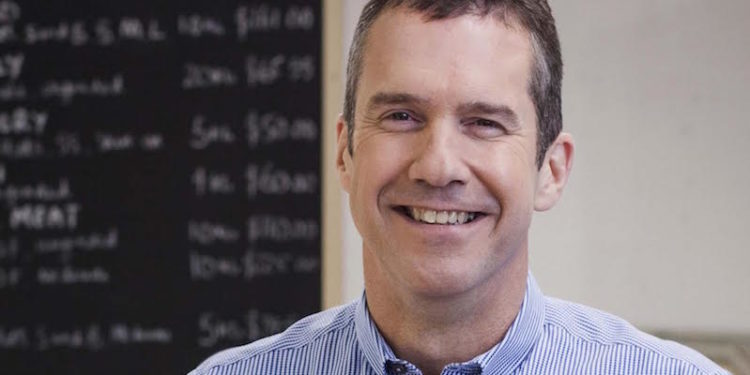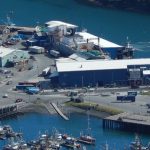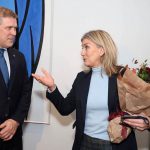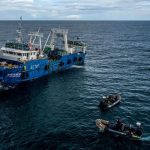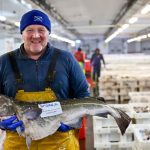New Zealand fishing and seafood group Sanford Limited has posted a 152% increase in net profit after tax to $34.7m for the year ended 30 September.The Group posted an 85.5% increase in reported EBIT to $57.7m, with revenue up $13.2m to $463.5m.
Sanford CEO Volker Kuntzsch said this is a pleasing result after a year of focus across the business on executing the company’s volume to value strategy.
‘The results show the company’s strategy of moving from a volume commodity exporter to a premium seafood company focused on value creation through utilising resources in the best way, is working well,’ he said.
‘Sanford’s evolution is changing what we sell, how we sell it, the markets we’re building and who we’re selling to. We’re reducing our reliance on a purely frozen wholesale commodity exporter, to an increasingly consumer centric business selling our beautiful New Zealand seafood fresh to customers, with a particular focus on our domestic market, Australia and Asia. This change also brings sustainability benefits across our business minimising our use of energy resources to transport and freeze large volumes of fish,’ he said and commented that consumers will begin to see Sanford branded products for sale in the next year.
‘The focus on delivering greater value from our seafood through improvements in the product cascade, operational efficiencies, supply chain and procurement practices coupled with an increasingly differentiated approach in sales and marketing, have all contributed to this strong result.’
The company’s operations revenue has increased by 5.5% year on year against a sales volume reduction of approximately 11%.
Volker Kuntzsch says the volume decline is largely attributable to reduced catches of pelagic species (mackerel, skipjack tuna) to align supply with demand and limit cold storage.
‘Limiting the amount of lower value pelagic species in our portfolio, while targeting a higher volume of chilled fish sold to customers or directly to consumers resulted in a significant increase in value from prior year. Overall, value per kilo of greenweight fish, a measure that combines the outcome of targeted operational activities with a sustainability focused approach, has improved by over 45% compared to last year.’
‘The enhancement of Sanford’s sales, marketing and innovation teams, sustainability, people management and the introduction of new disciplines such as supply chain management resulted not only in a build-up of much needed capability to help Sanford reach its vision, but also delivered a noticeable contribution to the profitability of the group,’ said Volker Kuntzsch.

